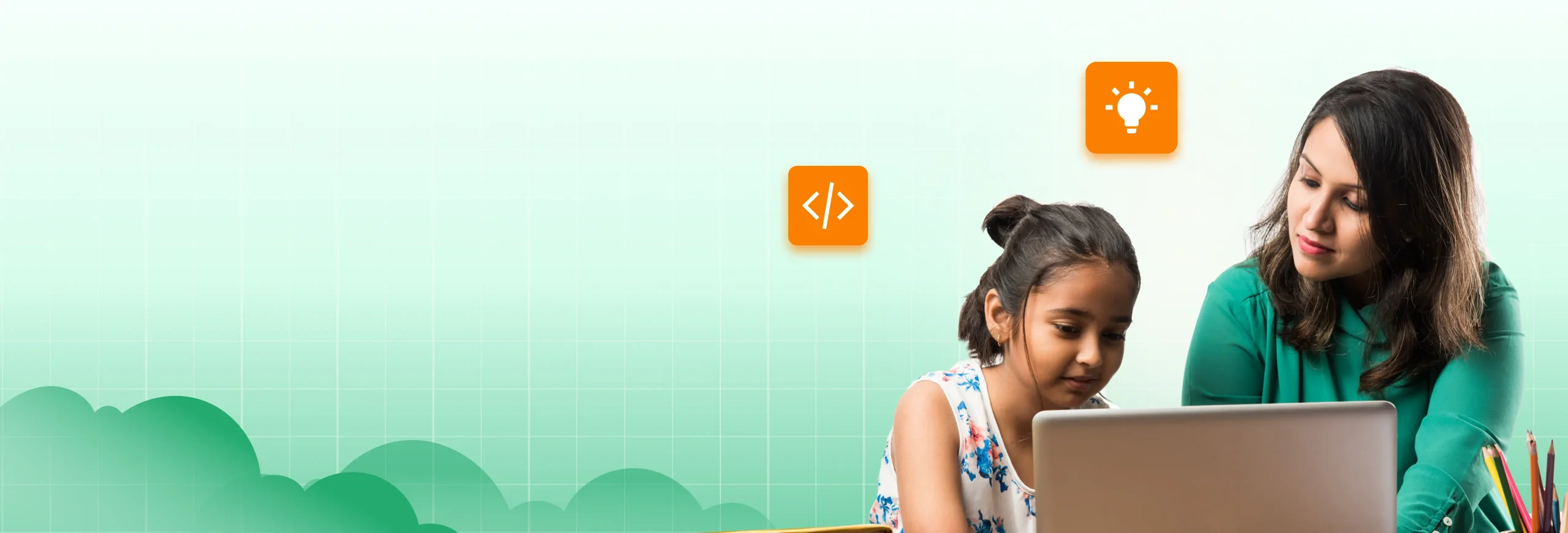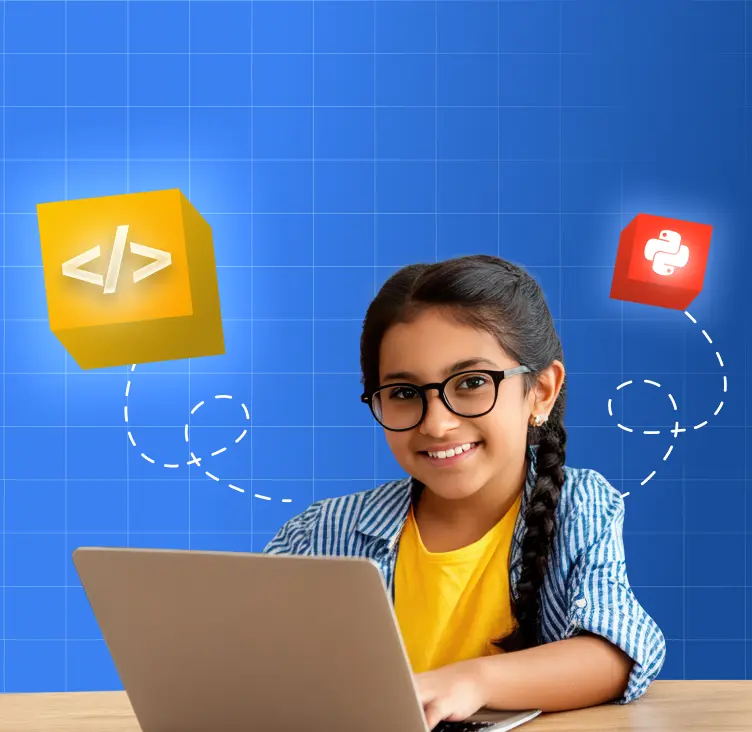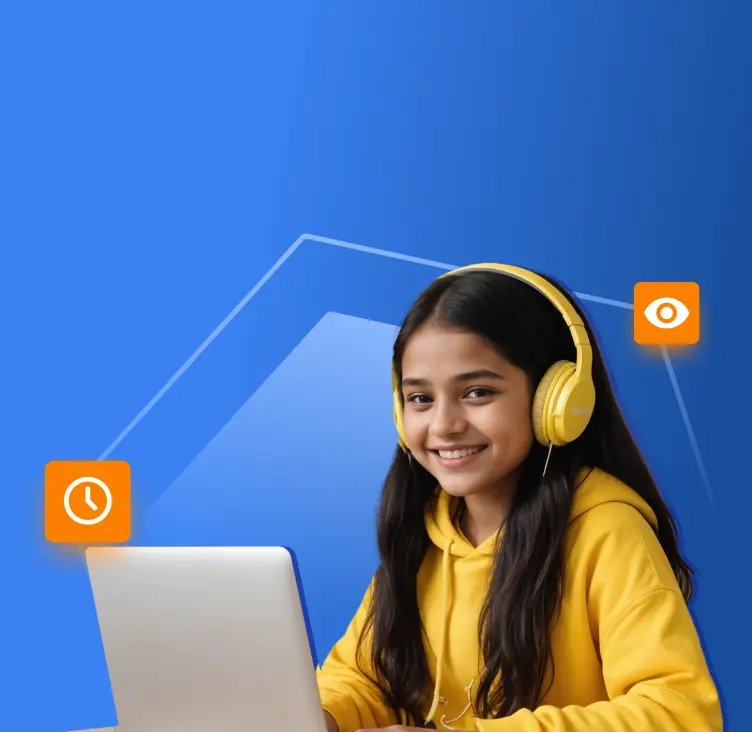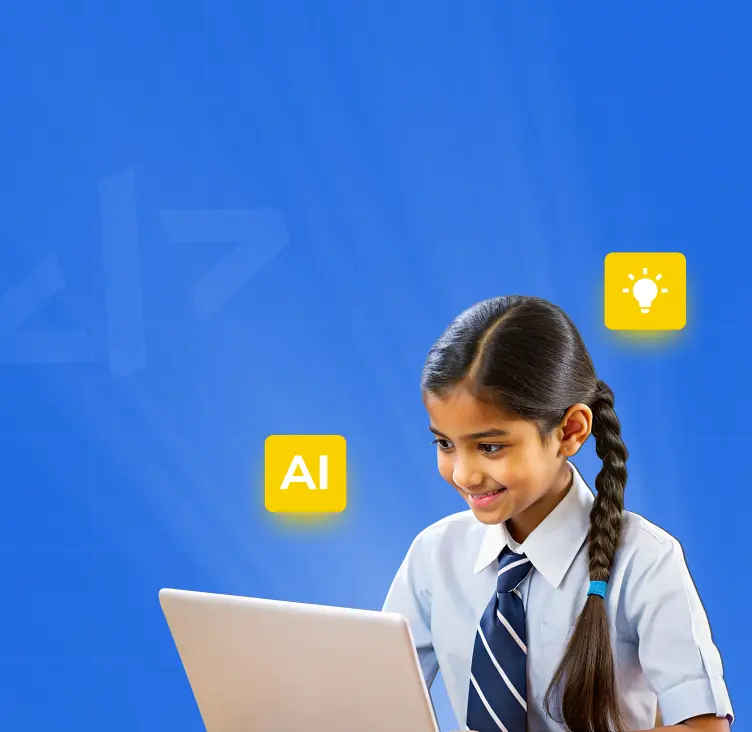You ask a child, “Do you want to learn how to code?” They stare at you like you just asked them to do extra math homework. Now imagine saying, “Do you want to create your own video game?” Boom! Instant excitement.
That’s the magic of How To Explain Essential Coding Concepts to a Kid—when they see it as an adventure rather than an assignment. In this guide, we’ll explore teaching kids to code, explaining programming concepts to kids, and coding basics for children using games, real-life analogies, and interactive projects.
By the end, you’ll have the tools to turn “Ugh, coding?!” into “Wow, I made this!”
Why Should Kids Learn Coding? (Hint: It’s Their Future!)
Here’s why teaching kids to code is a must:
- It Makes Them Think Smarter – Coding teaches logical thinking, patience, and creativity.
- It’s Like Playing a Puzzle Game – Debugging code is just like solving a mystery!
- It Opens Doors to Future Jobs – Used in gaming, AI, robotics, space tech, and more!
- It’s Fun & Interactive – Kids can build stories, animations, and even their own apps!
“Moral of the story? When kids learn to code, they don’t just become tech-savvy—they become creators.”
Also Read More about Why Coding is more important for kids
Breaking Down Coding for Kids (No Tech Jargon Allowed!)
“Think explaining programming concepts to kids is too complex? Think again! Let’s simplify it with fun, relatable examples:”
Algorithms = A Recipe!
An algorithm is just a step-by-step process—like making a sandwich!
- Step 1: Take two slices of bread.
- Step 2: Spread peanut butter.
- Step 3: Put them together.
Loops = A Dance Routine!
A loop repeats actions, just like doing the same dance move over and over.
- Jump, spin, repeat!
Variables = A Scoreboard!
A variable stores information, just like a video game score.
- Your score updates every time you win points!
Conditionals = “If This, Then That”
Conditionals help computers make decisions, like playing a board game:
- If you roll a 6, move forward.
- Otherwise, stay put!
“See? Coding is everywhere! Once kids connect programming to real life, it suddenly makes sense.”
The Fun Formula: How to Make Coding Exciting!
Fun ways to introduce coding:
- Use Unplugged Games – Board games like Robot Turtles teach coding logic without a screen!
- Turn Screen Time into Learning Time – Kids love Minecraft & Roblox—both have built-in coding options!
- Let Them Build Their Own Game – Platforms like Scratch let kids drag & drop code to create fun stories!
- Story-Based Learning Works Wonders – HackerKID turns coding into an interactive adventure!
“PRO TIP: Kids learn best when they’re having fun. Keep lessons playful, colorful, and creative!”
The Ultimate Cheat Sheet: Best Coding Tools for Kids
- Scratch (Ages 8-12) – Drag-and-drop coding for animations & games.
- Tynker (Ages 7-14) – Game-based learning with puzzles & Minecraft mods.
- HackerKID (Ages 4-18) – An interactive learning platform offering game-based coding, engaging video lessons, and hands-on problem-solving exercises
Learn Coding Basics for Kids with HackerKID
If you’re looking for a structured, engaging way to introduce coding basics for children, HackerKID is the perfect platform. It transforms learning into an interactive adventure, making it exciting for young minds.
Why Choose HackerKID?
- Interactive Lessons – Kids learn through games, challenges, and hands-on exercises.
- Beginner-Friendly Interface – No complex coding, just simple, drag-and-drop logic.
- Step-by-Step Learning – Covers coding basics for children, from Scratch to Python.
- Gamified Experience – Earn rewards and unlock new levels as they progress.
Related Reads: Teach Coding to Kids – Step by Step Guide
What Makes HackerKID Special?
Unlike traditional methods, HackerKID turns coding into a fun-filled journey rather than a boring task. With easy-to-follow lessons, real-world projects, and a supportive community, kids develop problem-solving skills while having fun.
- Start Learning Python Today!
- Want to introduce kids to Python programming in a fun way? Check out this beginner-friendly Python course designed specifically for young learners:
- Beginner Python Course for Kids – Start Learning! (Replace # with the actual course link)
- With HackerKID, every child can become a future tech innovator!
- Ready to Turn Kids into Coding Superstars?
Now that you have the tips, tools, and fun techniques to How To Explain Essential Coding Concepts to a Kid, it’s time to get started! This guide has shown you teaching kids to code, explaining programming concepts to kids, and coding basics for children in a way that’s simple, engaging, and fun.
Next Steps:
✔ Pick a beginner-friendly platform.
✔ Let kids experiment with mini-projects.
✔ Encourage creativity & celebrate small wins!
Got a little coder at home? Try one of these platforms and share their first project in the comments! Let’s inspire more young creators to explore How To Explain Essential Coding Concepts to a Kid and beyond! for further doubts engage with us!
FAQs:
- How to explain coding to children?
Coding is like giving instructions to a computer, just like telling a friend how to play a game or bake a cake. You can make it fun by comparing it to real-life activities—such as pressing buttons on a remote to control a toy car. Each button is like a line of code that makes the car move in a specific direction.
- What should kids learn first in coding?
Kids should start with the basics of sequencing, loops, and conditionals. Block-based coding platforms like Scratch are great for beginners because they allow children to drag and drop commands without worrying about complex syntax. Learning through simple logic-based games helps them grasp the core concepts before moving on to text-based programming languages like Python.
- How do you introduce students to coding?
The best way to introduce students to coding is through interactive games, puzzles, and real-life analogies. Platforms like HackerKID, Scratch, and Code.org provide hands-on learning experiences that turn coding into an adventure. Encouraging students to create small projects—like animations or simple games—helps them understand the practical application of coding concepts.
- What is basic coding for kids?
Basic coding for kids involves understanding simple commands, loops, conditionals, and variables through visual programming tools. Scratch, Blockly, and Tynker allow kids to build stories, animations, and games using drag-and-drop code blocks. As they gain confidence, they can transition to text-based coding in Python or JavaScript.
- How do kids start coding?
Kids can start coding by exploring beginner-friendly platforms like Scratch or Tynker, which introduce them to logical thinking in a fun way. Unplugged activities, such as board games and hands-on exercises, can also help build a coding mindset without screens. Once they feel comfortable, they can progress to writing simple scripts in Python or JavaScript.
- Is coding good for kids?
Yes! Coding helps children develop problem-solving, creativity, and logical thinking. It enhances their ability to break down complex problems and think critically. Additionally, coding opens up future career opportunities in technology, gaming, and artificial intelligence. Most importantly, it teaches kids how to turn their ideas into reality—whether it’s a game, an app, or an animation.








